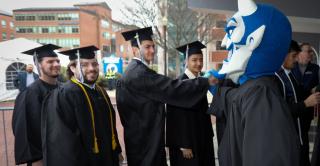
Cinematography involves the work of the camera, but editing is an entirely different kind of work accomplished after the camera has --for all intents and purposes--been put away.
Most basically, editing involves placing individual shots together into a sequence and sometimes creating effects in the way shots are joined (dissolves or fades, as opposed to straight cuts).
Editing is something we are intuitively aware of but that we take very much for granted. There has been an enormous amount written on cinematic editing, and the most serious film-makers sometimes worry about it almost obsessively. It's a major component, if not THE major component, of film language.
If we go with that metaphor--film as language--a little further, then we can see the importance of editing.
Take three words, for example (here in alphabetical order);
Are
Beautiful
You
They can be combined--ordered-- in a number of ways and that sequence will change the meaning constructed by those words.
You are beautiful.
Are you beautiful?
Beautiful, you are?
These three sentences have entirely different meanings, and the meanings are creating through sequencing of the words.
Film editing is similar in many respects. Meaning is created in the sequence of images and how they are joined together.
Editing can emphasize continuity and seamlessness, or it can be disruptive and jarring. It can create narrative meaning (by emphasizing action and event) or it can emphasize ideas (by emphasizing concepts and associations). It can also be guided by purely graphic qualities (shape, direction, motion), or it may be guided by actions in the film's sound design.
Be sure to read Hayward's entries on Continuity Editing, Editing/Soviet Montage, Cross-cutting, Cut, Dissolve, Eyeline matching, Fade, Jump Cut, 180-degree rule, 30-degree rule, Shots, Shot/Reverse-angle shot, flashback.
Some of the film-makers we discuss will use editing in striking ways, while others will be more conventional.



